Understanding right of way laws is crucial for every driver to navigate Illinois roads safely and legally. These rules determine who has the priority to move first in various traffic situations, such as at intersections, crosswalks, or when dealing with emergency vehicles. By understanding the right of way laws in Illinois, drivers can make informed decisions, avoid accidents, and keep the road safer for everyone.
This article will provide a detailed explanation of Illinois’ right of way laws, including key traffic scenarios, and help you become a more responsible and cautious driver on Illinois roads.
What is the Right of Way?
In simple terms, right of way is the legal right for one driver, pedestrian, or cyclist to proceed before others in a traffic situation. When someone has the right of way, other road users must yield and let them pass safely.
Understanding when to yield is critical. Failing to yield the right of way when required can lead to accidents, legal issues, and fines. Therefore, it is important for every driver to understand these rules to ensure smooth traffic flow and road safety.
Key Right of Way Laws in Illinois
Here are some of the most common situations where Illinois drivers need to know and follow right of way laws:
1. At Intersections Without Signals or Signs
When driving through an intersection without traffic lights or stop signs, Illinois law requires drivers to yield to vehicles coming from the right. This rule helps prevent confusion at uncontrolled intersections, especially in rural areas where stop signs may not always be present.
- If you and another vehicle arrive at the intersection at the same time, the car on your right has the right of way.
- If you are on the left, you must yield to the vehicle on the right.
This simple rule can prevent accidents and help drivers safely navigate intersections.
2. At Stop Signs
When approaching a stop sign, drivers must come to a complete stop at the stop line, crosswalk, or intersection. After stopping, you must yield to any other vehicles or pedestrians before proceeding.
- If two vehicles arrive at a stop sign simultaneously, the vehicle on the right has the right of way.
- If you are turning left at a stop sign, yield to oncoming traffic.
This ensures that traffic moves smoothly and reduces the risk of accidents at stop-controlled intersections.
3. At Traffic Lights
Traffic signals help regulate the flow of traffic and give clear instructions about who should go first. When approaching a green light, you may proceed through the intersection. However, it is important to remember the following:
- Yield to pedestrians who are crossing the road, even if you have the green light.
- If you are turning left, you must yield to oncoming vehicles before completing the turn.
- If the light turns yellow and you cannot safely stop, proceed with caution through the intersection.
- If the light turns red, you must stop and wait for the next green light.
Always be aware of the surrounding traffic conditions and use caution when following traffic signals.
4. Pedestrians Always Have the Right of Way
In Illinois, pedestrians have the right of way at crosswalks. Whether the crosswalk is marked or unmarked, drivers must stop and yield to pedestrians crossing the street.
- If a pedestrian is already crossing at an intersection or waiting to cross at a crosswalk, drivers must stop and allow the pedestrian to cross safely.
- Even if there is no traffic signal or stop sign, you are still required to yield to pedestrians.
Always remain alert when driving near crosswalks or pedestrian zones, especially in areas with heavy foot traffic like near schools or shopping centers.
5. School Buses
School buses are equipped with flashing red lights and an extended stop arm when they are picking up or dropping off children. Illinois law requires that all vehicles stop when a school bus has its red lights flashing and stop arm extended.
- Stop at least 20 feet away from the bus in either direction.
- You must stop regardless of whether you are traveling in the same direction or the opposite direction.
- Never pass a stopped school bus with its red lights on, even if the road has no divider.
Failure to stop for a school bus can result in significant fines and penalties, as the law is designed to protect children as they get on and off the bus.
6. Emergency Vehicles
When an emergency vehicle with flashing lights and sirens approaches, drivers are required to yield the right of way and allow the emergency vehicle to pass. This rule applies to both emergency vehicles traveling in the same direction and vehicles traveling in the opposite direction.
- On a multi-lane road, move to the right and stop.
- On a two-lane road, pull over to the right side of the road and stop until the emergency vehicle passes.
Always be aware of your surroundings, and do not block the path of emergency vehicles.
7. Merging onto a Highway
When merging onto a highway or freeway, vehicles already on the highway have the right of way. The vehicle entering the highway must adjust its speed to match the flow of traffic and yield to any vehicles already on the road.
- When merging, look for a gap in traffic and adjust your speed accordingly.
- Never force your way into the flow of traffic; give drivers already on the highway the opportunity to pass safely.
Proper merging reduces traffic congestion and minimizes the risk of accidents when entering fast-moving traffic.
8. Roundabouts
Roundabouts are designed to keep traffic moving and reduce congestion. In Illinois, vehicles already inside a roundabout have the right of way. Drivers entering the roundabout must yield to traffic inside.
- Always signal your intention when exiting a roundabout.
- Be aware of pedestrians who may be crossing at the exit points of the roundabout.
Roundabouts are typically safer than traditional intersections, as they reduce the likelihood of high-speed collisions.
9. Bicycles and Cyclists
Bicyclists on Illinois roads have the same right of way as other vehicles. Drivers must yield to cyclists who are traveling in bike lanes or crossing at intersections.
- When turning, always check for cyclists in your blind spots and yield to them when necessary.
- Give cyclists plenty of space when passing them on the road.
Cyclists are vulnerable road users, and it’s essential to treat them with respect and caution to avoid accidents.
Key Tips for Drivers in Illinois
- Always Yield When Required: If in doubt, it’s better to yield than risk an accident. Prioritize safety on the road.
- Stop at Stop Signs: Always come to a complete stop at stop signs and yield to any pedestrians or vehicles with the right of way.
- Be Cautious Around Pedestrians: Always yield to pedestrians in crosswalks and be mindful of their safety, especially near schools or busy intersections.
- Obey School Bus Laws: Always stop for a school bus with its red lights flashing to protect children.
- Move Over for Emergency Vehicles: When you hear sirens or see flashing lights, pull over safely to give emergency vehicles a clear path.
- Watch for Cyclists: Be aware of cyclists and give them ample space when passing on the road.
Conclusion
Illinois’ right of way laws are designed to make roads safer for everyone—drivers, pedestrians, cyclists, and emergency responders. Understanding and following these laws is crucial for preventing accidents, reducing traffic congestion, and ensuring smooth traffic flow. By being aware of the rules in various traffic situations, drivers can contribute to making Illinois roads safer for all users.
By following these right of way guidelines and driving responsibly, you can help ensure your safety and the safety of others on the road.
Disclaimer – Our editorial team has thoroughly fact-checked this article to ensure its accuracy and eliminate any potential misinformation. We are dedicated to upholding the highest standards of integrity in our content.



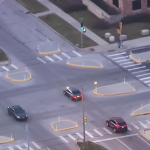
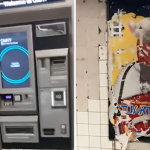





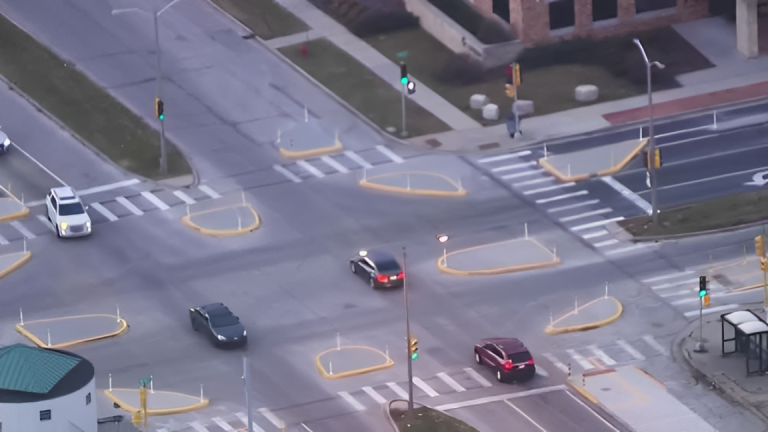
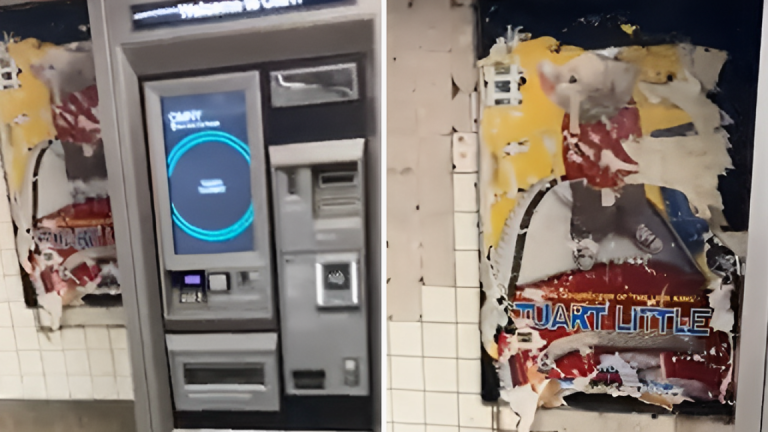



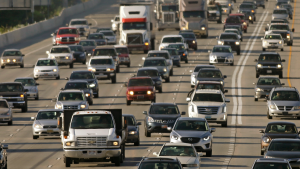
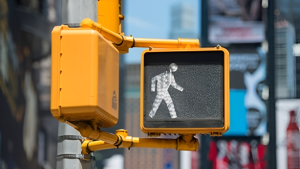
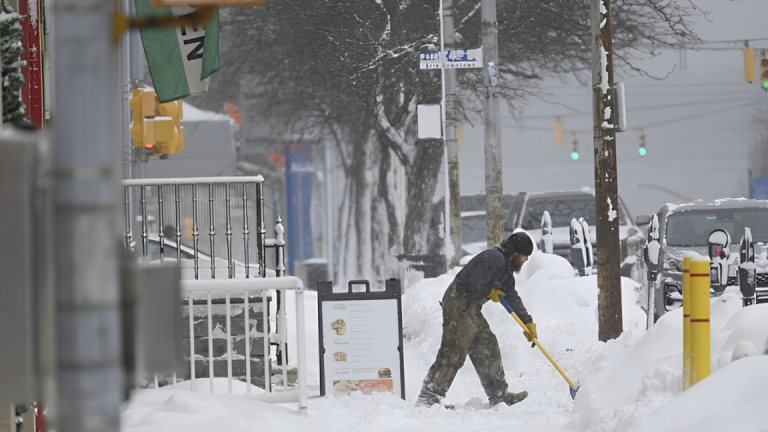







+ There are no comments
Add yours